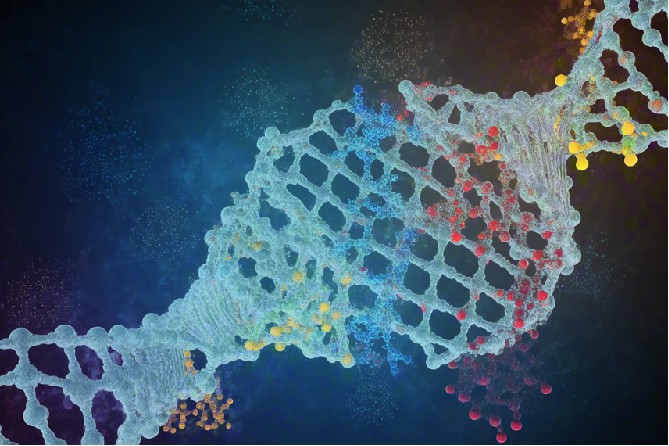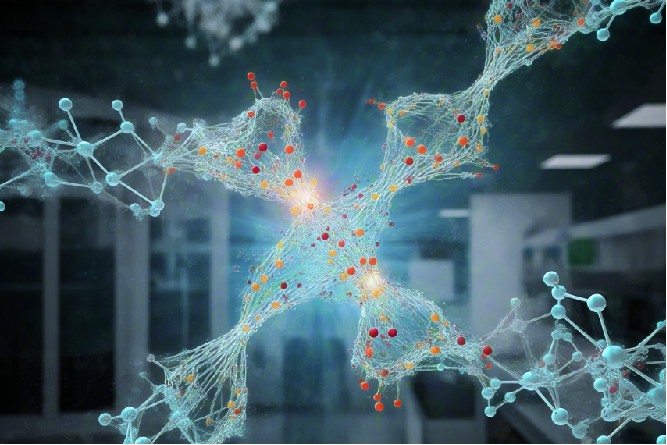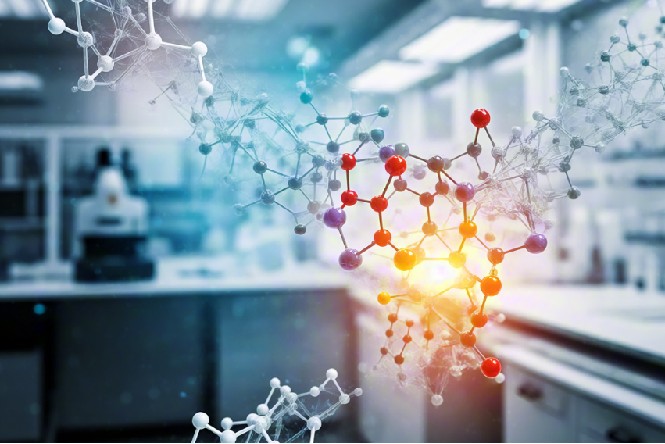Glycoinformatics-assisted IR-based Glycan Structure Prediction Service
Unlocking Glycan Structures with Precision through Glycoinformatics and IR Technology
CD BioGlyco has been committed to providing trusted
Glycoinformatics-assisted Structural and Functional Prediction Services to our clients for many years, among which our expertise in
Nuclear Magnetic Resonance (NMR)-based, infrared spectroscopy (IR)-based, and
Mass-based Glycan Structure Prediction Service is well-recognized. The process of our glycoinformatics-assisted IR-based glycan structure prediction service is as follows.
IR characteristics analysis to support glycan sample predictions
First, we record the IR of analogous compounds of mass-selected glycan samples. By analyzing the IR spectra of these samples, we obtain information on the characteristics of their absorbed and scattered light at different wavelengths, thus providing data support for subsequent predictions.
Random Forest (RF) classifier for glycan functional group classification
Subsequently, we combine the spectra of these data to construct a training library for the RF classifier. By integrating spectral data from multiple samples and combining them with relevant attribute information, we build a comprehensive and representative training library in which various possible scenarios and features are included. The RF classifier is used to distinguish between the glycan samples to be predicted and different functional group positions such as 2-O-, 4-O-, and 6-O-. When utilizing the RF algorithm for classification and identification, we take into account the fact that there may be complex and subtle differences between the different functional group positions, which need to be accurately captured and judged during the model construction process.
Reducing feature space complexity for enhanced prediction
In addition, during the training process, considering the high correlation of spectral data, we use feature selection and evolutionary algorithms to reduce the size of the feature space. By screening out the most representative and critical quality parameters and optimizing the model parameters with evolutionary algorithms to avoid the overfitting problem, we effectively reduce the computational cost and improve the prediction effect based on the accuracy and stability of the model.

Publication
Technology: Helium nanodroplet spectra and IR spectra
Journal: Journal of the American Chemical Society
IF: 14.4
Published: 2023
Results: This article focuses on the use of low-temperature IR and RF methods to predict the structural patterns of glycosaminoglycans (GAGs). The researchers used the RF model to predict the structural patterns of GAGs. First, they recorded low-temperature gas-phase IR spectra of mass-selected heparin sulfate (HS) disaccharide, tetrasaccharide, and hexasaccharide ions to extract vibrational features associated with structural pattern features. They then combined these data with the chondroitin sulfate (CS) disaccharide spectra to form a training library for the RF classifier. By optimizing data preprocessing and RF modeling, they achieved over 97% prediction accuracy for HS tetrasaccharides and hexasaccharides based on a training set of only 21 spectra. Thus, by using an RF model, researchers were able to predict the structural patterns of GAGs based on the vibrational features of gas-phase cryogenic IR spectroscopy.
 Fig.1 Application of RF for analyzing IR spectra of GAGs. (Riedel, et al., 2023)
Fig.1 Application of RF for analyzing IR spectra of GAGs. (Riedel, et al., 2023)
Applications
- The technique is used by researchers to rapidly and accurately characterize unknown glycan structures.
- Researchers employ this technology for the screening and characterization of disease-associated glycan biomarkers to facilitate early investigations into diseases.
- During drug discovery and development, the technique is used to study the interactions between drugs and glycans, thus guiding drug design and optimization.
Advantages
- By combining glycoinformatics and IR techniques, the accuracy of glycan structure prediction has been improved to ensure that the structural information obtained is more reliable.
- We combine the rich structural information of IR with glycoinformatics methods for a more detailed and accurate prediction of glycan structures.
- Our experts combine multiple analytical methods that can be applied to the prediction of various types of glycan structures, including complex and diverse glycan structures.
Frequently Asked Questions
- Will the prediction be influenced by factors such as sample preparation and data processing?
- In terms of sample preparation, ensuring the purity and quality of the sample is crucial for spectral analysis, as any impurities or components with unknown content may lead to inaccurate results. In terms of data processing, the correct choice of data processing and analyzing algorithms is also crucial in influencing the accuracy of prediction. Therefore, to obtain reliable and accurate prediction results, researchers need to carefully design and control the steps of sample preparation and data processing.
- Do the alterations in the conformation of glycan molecules impact the accuracy of predictions?
- Glycan molecules may have multiple conformations, such as twisted, rotated, and different ring patterns, and these conformational changes may lead to different features in their IR spectra, which in turn interfere with the accuracy of the prediction results. To solve this problem, multiple conformational analyses, verification with experimental data, and model optimization can be adapted to cope with the influence of the conformational changes of glycan molecules on prediction accuracy.
CD BioGlyco uses a variety of glycobiological techniques to offer personalized glycoinformatics-assisted IR-based glycan structure prediction services to our clients. Our dedication is to constantly improve our technology to make significant progress in glycoinformatics-assisted glycan research. If you are interested in the details of our services, please feel free to contact us.
Reference
- Riedel, J.; et al. Predicting structural motifs of glycosaminoglycans using cryogenic infrared spectroscopy and random forest. Journal of the American Chemical Society. 2023, 145(14): 7859-68.
For research use only. Not intended for any diagnostic use.
Quick Links
Related Services



 Fig.1 Application of RF for analyzing IR spectra of GAGs. (Riedel, et al., 2023)
Fig.1 Application of RF for analyzing IR spectra of GAGs. (Riedel, et al., 2023)


